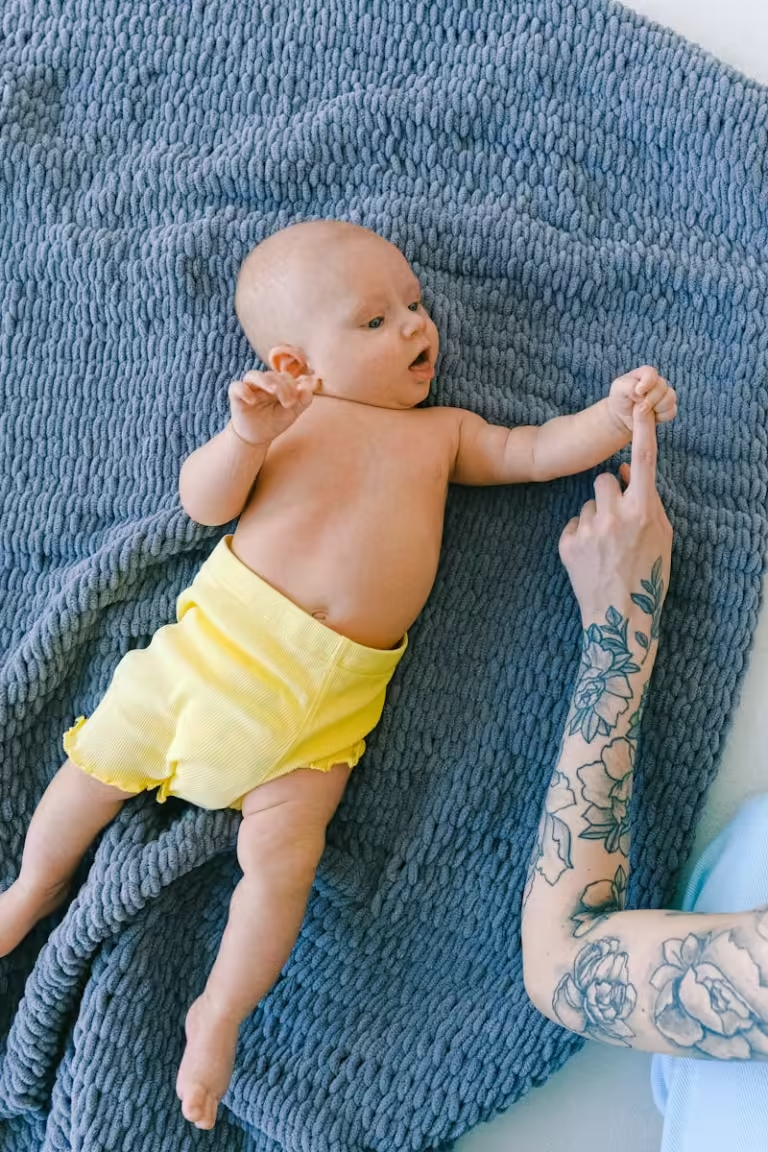As a pediatrician, I navigate the world of childhood ailments with practiced calm. I’ve learned to decipher coughs, soothe sniffles, and administer vaccines with steady hands. Yet, no symptom sparks quite the same level of parental panic as a fever in a baby. As a new mother myself, I too felt the primal fear grip my heart the first time my son’s tiny forehead felt alarmingly hot. This essay seeks to bridge the gap between medical expertise and parental anxiety, offering a comprehensive guide to fevers in babies, drawing upon both my clinical experience and the raw, emotional journey of navigating it through the lens of new motherhood.
Firstly, understand that fevers, while unsettling, are often a sign of your baby’s body doing its job. It’s a natural defense mechanism, an internal thermostat cranked up to fight off invading pathogens. A baby’s normal temperature range is slightly higher than an adult’s, falling between 97°F and 100.3°F. A rectal temperature exceeding 100.4°F officially qualifies as a fever. Now, the temperature itself isn’t the enemy; it’s the context and accompanying symptoms that raise concern.
Here’s where my maternal instincts kick in. While the pediatrician in me analyzes numbers and symptoms, the mother in me reads my baby’s cues. How is his overall demeanor? Is he lethargic and unresponsive, or playful and interactive despite the fever? Is he feeding well and staying hydrated? Does he have a stiff neck, difficulty breathing, or a rash? These nuances provide crucial information. A high fever coupled with lethargy and poor feeding screams potential bacterial infection, requiring immediate medical attention. A mild fever with bright eyes and playful kicks, however, might just be a viral bug running its course.
For fevers under 102°F in babies over 3 months without alarming additional symptoms, home care is your first line of defense. Here’s my arsenal as both a doctor and a mom:
* **Hydration is key:**
Offer cool fluids like breast milk, formula, or water frequently. Dehydration can worsen the fever and exacerbate other symptoms.
* **Dress smartly:**
Strip off extra layers, but avoid over-bundling. Your baby should feel comfortable at room temperature.
* **Lukewarm baths:**
A tepid bath can temporarily lower body temperature without sending your baby into chills. Use a thermometer to monitor the water temperature and avoid anything too hot.
* **Gentle medications:**
Acetaminophen or ibuprofen, administered according to their weight and age, can provide relief from discomfort and bring down the fever. Always consult your pediatrician for proper dosage and ensure you’re using the specific formulation suitable for babies.
Remember, fever isn’t a disease; it’s a symptom. Treating the underlying cause is crucial. This is where my clinical expertise comes into play. Based on the fever’s duration, severity, and accompanying symptoms, I might order tests like blood cultures, urine analysis, or chest X-rays to identify the culprit, be it a viral infection, bacterial pneumonia, or even a urinary tract infection. Early diagnosis and targeted treatment are essential for ensuring a speedy recovery and preventing complications.
However, as a new mom, I understand the constant worry that lingers even after the fever subsides. My advice? Trust your gut. If something feels off, if the fever persists beyond 3 days, or if your baby shows any worrisome signs, don’t hesitate to call your pediatrician. Early intervention can make a world of difference.
Now, let’s address the elephant in the room: the emotional rollercoaster. Witnessing your tiny human, usually a beacon of joy, burning with fever is an ordeal. As a pediatrician, I empathize with the fear and helplessness. As a mom, I’ve been there, rocking my feverish son through long nights, whispering reassurances I barely believed myself. Remember, this too shall pass. Focus on keeping your baby comfortable, providing plenty of TLC, and following your doctor’s guidance. Let the professionals handle the medical intricacies, while you, mama, embrace your innate nurturing power.
Finally, a word about self-care. As the primary caregiver, your well-being is paramount. A rested and calm parent makes for a better environment for a recovering baby. Take breaks, delegate tasks, and don’t be afraid to ask for help. Remember, a healthy and supported you translates to a faster and smoother recovery for your little one.
In conclusion, fever in babies, while undoubtedly worrying, is a common childhood experience. Armed with knowledge, intuition, and a trusted pediatrician, you can navigate this phase with confidence. Trust your baby’s strength, trust your own instincts, and trust the healing power of time and love. And remember, even the hottest flames eventually cool down, leaving behind a stronger, more resilient little








